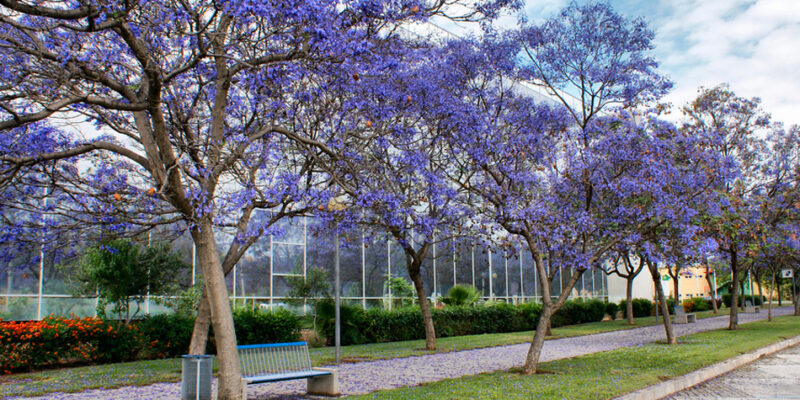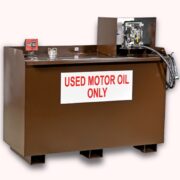Paulownia is one of the fastest-growing, deciduous trees, which is native to East Asia. It can easily attain a height of 15 feet within the very first year and has become very popular worldwide due to its commercial and various environmental benefits.
Paulownia Box, which is made out of wood obtained from this tree is available with Paulownia energy in different shapes and sizes and can be used for storage, transportation, or also as decorative pieces.
The following are a few advantages of Paulownia:
1. Light and tough material
This wood is among the few lightest woods available in the world. Because of its air density ranges between 0.23 to 0.40 g/cm3, its weight is almost 40% lighter than any regular wood.
2. No warping and deformation
This type of tree often does not bend, warp, or become deformed due to its low shrinkage coefficient.
3. Moisture-proof
The dried tung tree has got a very high degree of preservation and is difficult to absorb moisture.
4. Fire resistance
Tung wood has got a lower thermal conductivity than other types of wood. As against the typical burning temperature of wood, which is around 270⁰C, Tung wood has an unusual burning point of 425⁰C.
5. Wear resistance
Despite being light, Tung wood is hard to wear. The Tung wood can be used as an air box, while the pull rod will be worn back and forth, however, the box plate is difficult to wear.
6. Beautiful texture and bright colour
The natural pattern of tung wood is excellent, and it has a very bright, lovely, and delicate texture similar to silk.
7. Strong sound guidance
Making musical instruments needs tung wood, which is essential. It is known as “Qin Tong” because it can maintain the tone despite changes in the weather. For example, tung is used to create
- Yingqin
- Pipa
- Liuqin
8. Easy to carve and dye
Although tung wood is difficult to split, however, it is soft, easy to work with, easy to carve, and easy to colour. You can use them as
- Beam
- Purlin
- Door
- Window
- Ceiling
- Tileboard
- Room partition.
Climatic conditions needed to grow Paulownia
9. Temperature and altitude
It can adjust to different temperatures and can typically reach heights of 2000 metres. When the soil temperature hits 15⁰C to 16⁰C degrees in the spring, its development starts.
10. Soils
It can easily grow in any types of soil. However, if the soils have following attributes with or without any slopes, it is ideal
- Light
- Well-drained
- Sandy
- Deep
- Soils having pH value between 5.0 to 8.9.
Avoid soil that is wet, rocky, or clayey.
11. Rainfall
For its growth, soil and air humidity are very important. Additional watering is necessary if the annual rainfall drops below 100mm/month. Watering is needed in the following years if the monthly rainfall is below 50mm.
12. Wind
It is best to grow these trees when the wind speed does not exceed 28 km/h.
If you are interested to know more about this tree then you can refer to product catalog Paulownia Energy available on their website.












